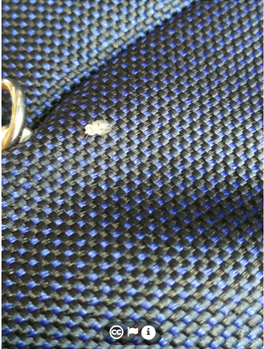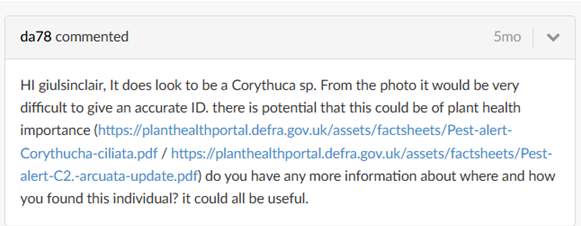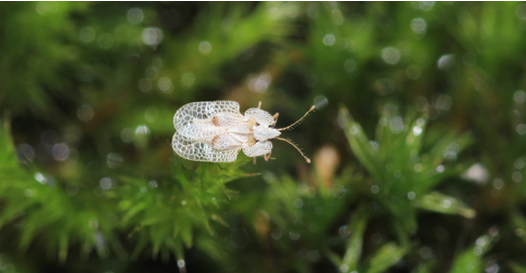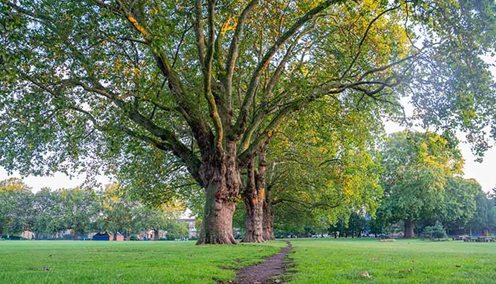Written by Giuliana Sinclair, Community Science Officer, Angela Marmont Centre for UK Nature
One day in late summer, while on a bus back home from work, I found a little insect crawling around my backpack.
Before gently getting it out of the window, I decided to take a quick picture and upload it to iNaturalist. I was intrigued about what it could be, as it was very tiny and had lacy wings I’d not seen before. I’m no entomologist so I wondered if the community on iNaturalist could help me identify it (https://uk.inaturalist.org/observations/231643910)

The hasty picture I took was blurry and of terrible quality!
Yet, a few days later, a fellow iNaturalist user, da78, commented that the bug was of the Corythucha genus (lace bugs) and therefore could be of plant health importance! Da78 attached a couple of pdfs and I followed the instructions to alert the Animal and Plant Health Agency.

A few weeks later, another iNaturalist user, alexradac, confirmed the ID to species level.

So it happened that this blurry picture was the first UK record of the invasive plane lace bug in 18 years!

Since my sighting, experts have officially confirmed an outbreak in central London. Now tree surveillance Observatree volunteers from the Woodland Trust have been mobilised, and the Forestry Commission is running surveys around the country to monitor the lace bug’s spread to other parts of the UK.
The plane lace bug sucks sap of the leaves and causes them to bronze and fall earlier than they would. It weakens the plane tree and makes it vulnerable to other infections, especially by fungi. Plane trees are one of the few that can survive the environmental stresses of cities, so this added invasive pest, if widespread, can be a real risk to their health.
Unbelievable as it is, this random sighting was the very first alert to the pest and kicked off a nationwide monitoring effort in the process.
What to do if you find a plane lace bug
- Check the insect you’ve seen is a plane lace bug by using the identification guide on the Observatree website.
- If you think you’ve discovered a plane lace bug, report it to Tree Alert.

How many shrubs, insects and wildlife do we walk past every day and not think twice about? How many other important sightings lay undiscovered?
Here lies the power of community science. Use your eyes and ears on the ground and submit your records onto iNaturalist! You never know what you might discover, or how consequential your sighting might be.
If you would like to join a community science project, the Natural History Museum has been running community science projects for over 15 years at the Angela Marmont Centre for UK Nature.

Sign up to hear news of the current and upcoming projects or email communityscience@nhm.ac.uk directly.
Interested in recording?
If Giuliana’s article has inspired you to get involved in recording, we have some useful information on how to get started in our Record, share and explore data section. It tells you about the different recording apps and platforms available, including iNaturalistUK and gives some more general information too. Why not get involved today? You never know, you might be the one to find the next rare or important species!
